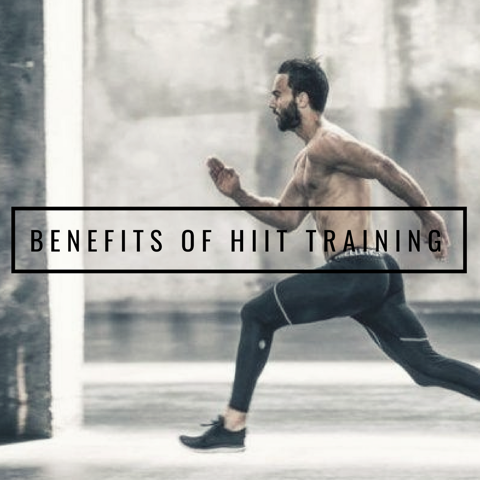
31 Aug What is HIIT and why should we do it?
Sprint, rest and repeat. Maybe the simplest training routine you’re likely to hear, but science shows it could also be the most effective. High Intensity Interval Training typically involves exercising at a high intensity for 50 to 90 seconds followed by a period of low intensity training or complete rest which lasts 50 to 120 seconds. You then repeat this for a total of 10 to 20 minutes on your weapon of choice whether that’s a bike, a treadmill or just on your lonesome up and down a hill.
Why? Well we’ve four reasons…
#1. Lose Fat in Less Time!
Firstly, as a training concept, this for me is my go to choice as a fat loss tool. Its a time saving method, perfect for busy lifestyle. “The metabolic adaptations taking place in the skeletal muscle in response to the HIIT program appear to favour the process of fat loss.”
Put more simply, HIIT burns more fat in less time…SIMPLES!!
#2. Bigger and Quicker Muscles!
Sports science teaches us that within the human body there are two type of muscles fibres. These can be classified as fast twitch muscle fibres and slow twitch muscle fibres. In short, slow twitch muscle fibres are smaller in size and great for endurance-based events.
Fast twitch muscle fibres are much larger and needed for strength, speed and power events.
But sporting benefits aside, know a greater proportion of the latter will help you fill a t-shirt better and tends to
look better on the beach and who doesn’t want that right?
So how do you get them? Yes, you guess it: HIIT. “It is possible to achieve a fibre type transformation with high-intensity training.”
#3. Raise Testosterone!
Chop those lengthy morning runs in favour of a short, sharp HIIT workout. Which are perfect if you are short on time but still want to have a big bang for your buck.
Take long distance runners for instance, studies show that they had, “significantly lower” testosterone when compared to other male test subjects. All of which spells bad news for your sex drive, muscle recovery and overall energy levels and we don’t want that!
There are of course many benefits to any and all forms of cardio and when devising any routine you have to consider all the physiological adaptations. But specifically regarding your testosterone, twig and two berries, it might be best to bust out some HIIT rather than a daily, mini marathon.
#4. You Become Fitter!
This last one sounds so simple, but hear me out. In very basic terms, exercise can be classed as aerobic and anaerobic. Aerobic actually means, “With oxygen” and relates to exercises where we must breathe to do them. As an example imagine trying to complete a 10km run or 800m swim without oxygen. Impossible! Hence why these are aerobic exercises. Anaerobic exercise relates to those shorter, quicker activities that don’t need oxygen like a 50m sprint, squat or bicep curl. All of which can be done without breathing. Hence why these are anaerobic exercises.
For a good level of “fitness” it’s safe to say you need both a good aerobic and anaerobic capacity but though they do have there place in programming but what would you prefer most?
“That moderate-intensity aerobic training, improves aerobic fitness does not change anaerobic capacity and that adequate high-intensity training may improve both anaerobic and aerobic energy”
In simple terms what this means is a steady, 1-mile jog will improve your aerobic fitness, but not your anaerobic fitness. But a HIIT workout — sprinting up and down hills — could potentially improve both.
Of course if you just enjoy a slow, steady, Sunday jog who am I to argue? But to specifically improve both your aerobic and anaerobic capacity studies show it might be better to HIIT.
Craig Russell, PT @ The Club Gym



Sorry, the comment form is closed at this time.